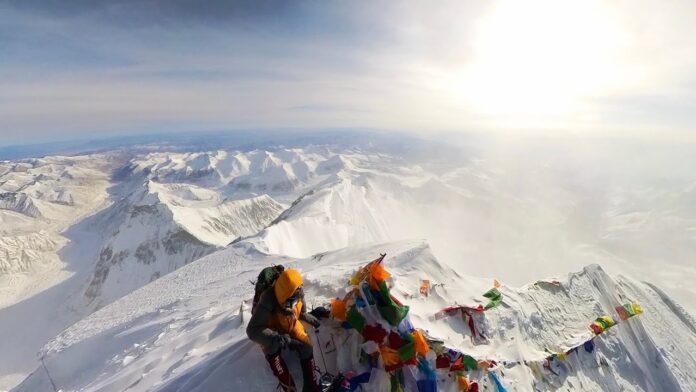Mount Everest, the world’s tallest peak, attracts adventurers and thrill-seekers globally. Yet, embarking on this journey involves substantial costs, mental and physical challenges, and thrilling experiences.
This guide explores what first-time climbers need to know for their Everest journey in 2025, covering everything from financial investments to preparation for environmental conditions and the rewards awaiting at the summit.
Preparation and Financial Considerations
A successful Everest Nepal expedition requires significant financial planning. The range of costs depends on the level of support, chosen route, and personal requirements. Preparing financially and ensuring all necessary funds are in place is critical for a smooth experience.
1. Permits
To climb Everest, each individual must secure an official climbing permit from the Nepalese government. This mandatory permit costs $11,000 per climber, covering only the authorization to ascend and no additional logistics or support. Many climbers join larger expeditions to manage costs, although this can reduce the amount of personalized assistance available.
2. Guided Expeditions
First-time climbers are advised to consider guided expeditions for safety and support. These guided options vary widely in cost, typically from $30,000 to $160,000, depending on the quality of services provided. Mid-tier expeditions, costing around $54,000, offer a balance of support, including guides, Sherpas, and essential logistics. For those preferring exclusive attention, private trips are available, though they come at a higher price.
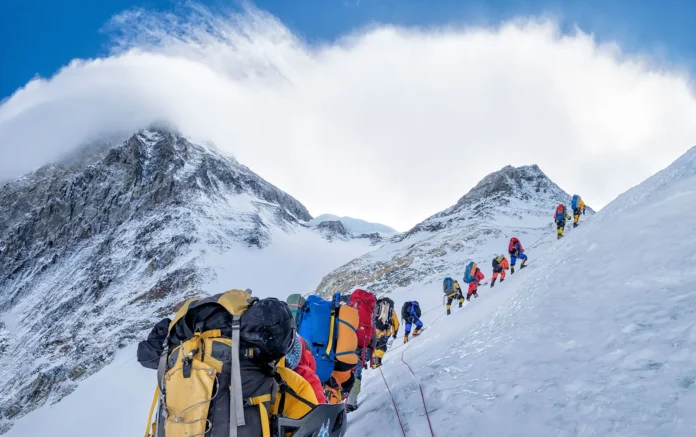
3. Additional Costs
Beyond permits and guided services, climbers face numerous other expenses that contribute to the total cost:
- Gear and equipment ─ High-quality gear is vital, protecting climbers from Everest’s harsh conditions.
- Transportation ─ Travel costs include flights to and from Nepal, as well as local transportation.
- Accommodation and food ─ Each climber needs sustenance and a place to stay throughout the journey, from Kathmandu to higher-altitude camps.
- Insurance ─ Comprehensive insurance covers medical emergencies, evacuation, and potential weather delays.
- Tips for guides and sherpas ─ Tipping is customary and acknowledges the support and expertise of those assisting climbers on the ascent.
Overall, a base trek to Everest’s Base Camp alone may cost approximately $6,130, covering transportation, gear, permits, and food throughout the initial phases. These expenses represent essential investments in safety, preparation, and a more comfortable climbing experience.
Challenges of Climbing Everest
Reaching Everest’s summit presents a range of challenges that test physical and mental limits. Understanding these difficulties can prepare climbers for the rigors ahead.
Physical and Mental Demands
An Everest ascent requires months of dedicated training. Climbers must develop endurance, strength, and mental resilience to survive in one of the planet’s most unforgiving environments.
Physical preparation often includes cardiovascular conditioning, strength training, and high-altitude acclimatization exercises, while mental preparation builds resilience, helping climbers manage the psychological challenges of altitude, isolation, and extreme conditions.
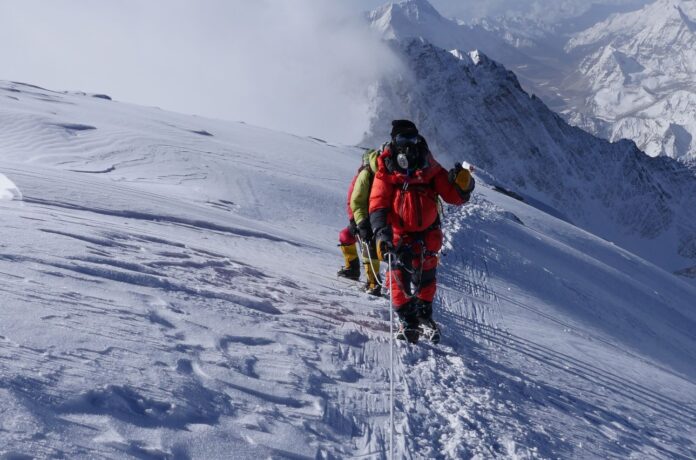
Altitude and Weather
The journey to Everest’s summit involves ascending to an altitude where oxygen levels drop significantly, posing a serious risk of altitude sickness. Symptoms can range from mild discomfort, such as headaches, to severe, life-threatening conditions.
High altitudes require acclimatization, and climbers often spend days adjusting at base camps. Weather is another unpredictable factor, with sudden snowstorms, freezing temperatures, and high winds turning manageable situations into perilous ones. Preparedness for rapid weather changes is critical.
Environmental Impact and Clean-Up Efforts
Mount Everest has seen an influx of climbers in recent years, leading to environmental issues like pollution and overcrowding. In response, Nepal’s government has enacted strict regulations to manage waste.
A 2023 cleanup campaign gathered over 78,000 pounds of waste, highlighting the mountain’s pollution challenges. Now, climbers must carry out all waste as part of their responsibility to preserve Everest’s natural environment for future climbers.
Safety Risks in the Death Zone
The area above 8,000 meters, known as the “death zone,” is notoriously dangerous due to the drastic drop in oxygen and extreme weather conditions. Here, climbers face life-threatening cold, thin air, and a constant risk of avalanches.
The 2023 climbing season recorded 18 fatalities, marking it as one of Everest’s deadliest periods. Those venturing into the death zone must understand the gravity of these risks, as conditions can turn fatal without warning.
Thrills and Rewards of Reaching the Summit
While the Everest expedition demands immense effort and resources, the rewards of standing atop the world’s tallest mountain are extraordinary. For climbers, the experience combines awe-inspiring natural beauty, cultural connections, and a deep sense of personal achievement.
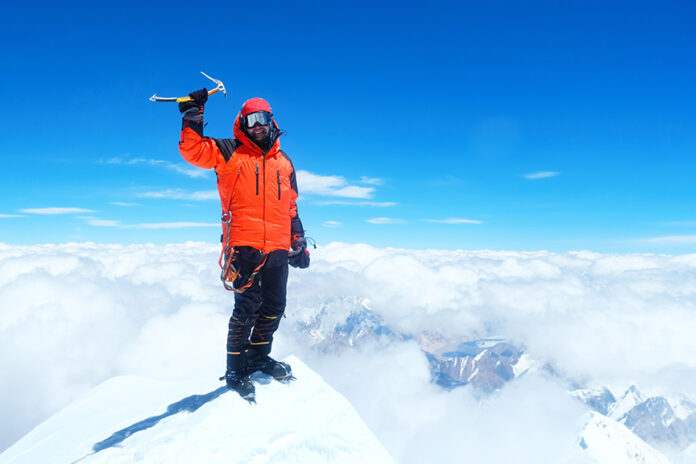
Personal Achievement
Completing an Everest expedition represents one of the greatest accomplishments in mountaineering. Reaching the summit is a testament to one’s dedication, courage, and resilience. Many climbers describe the experience as transformative, an achievement that symbolizes perseverance in the face of adversity. This sense of accomplishment endures long after the journey concludes, inspiring climbers to take on new challenges.
Scenic Beauty and Cultural Richness
The journey to Everest offers a unique immersion into the natural beauty and cultural heritage of the Himalayas. Each step of the ascent, from the busy village of Lukla to the serene Everest Base Camp, reveals breathtaking views of the surrounding mountains. Climbers also interact with the Sherpa community, learning about their customs and experiencing the warmth of their hospitality. The scenic and cultural aspects of the trek enrich the entire experience.
Camaraderie and Lifelong Connections
Climbing Everest fosters a sense of camaraderie among climbers, guides, and Sherpas. The shared journey creates bonds that often evolve into lasting friendships. Facing challenges together, supporting one another through difficult moments, and celebrating achievements collectively make the experience memorable and deepen connections that continue beyond the climb.
Training and Preparation for First-Timers

Climbing Mount Everest is a demanding physical challenge. First-time climbers should engage in a comprehensive training program tailored to the specific needs of high-altitude mountaineering.
1. Cardiovascular Training
Climbers must build cardiovascular endurance to handle prolonged physical exertion. Activities like hiking, running, and cycling improve heart and lung capacity, essential for sustaining energy in low-oxygen environments.
2. Strength Training
Strong muscles are essential for carrying gear, climbing steep slopes, and maintaining stability in harsh conditions. Focusing on leg, core, and upper body strength helps climbers stay balanced and resilient on the ascent.
3. Acclimatization Techniques
Preparing for altitude is crucial. Many climbers train at high-altitude locations or use simulated environments to prepare their bodies for Everest’s oxygen-scarce atmosphere. Acclimatization helps reduce the risk of altitude sickness.
4. Mental Preparation
Climbing Everest is mentally demanding, with long periods of isolation, physical exhaustion, and environmental uncertainty. Meditation, mental resilience exercises, and visualization techniques help climbers maintain focus, calm, and perseverance throughout the ascent.
Essential Gear for the Journey
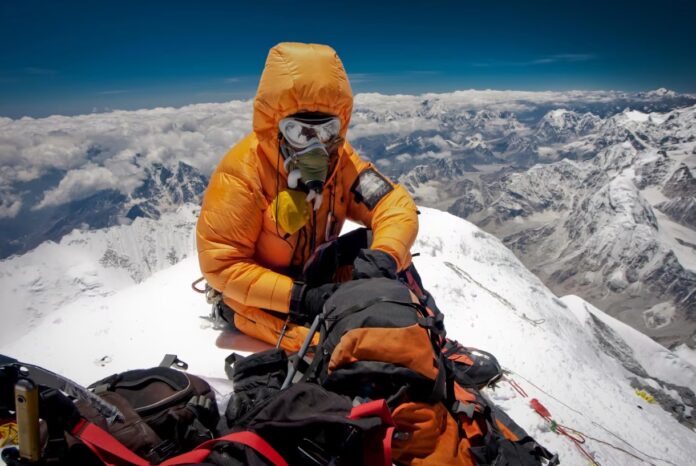
High-quality, durable gear is non-negotiable for any Everest expedition. First-timers should invest in top-notch equipment to ensure safety and comfort on the climb.
1. Clothing Layers
Layered clothing allows climbers to adjust based on temperature changes. Essential layers include moisture-wicking base layers, insulated mid-layers, and weatherproof outer shells.
2. Oxygen System
In the death zone, supplemental oxygen is critical. Climbers must invest in a reliable oxygen system to manage breathing at high altitudes.
3. Climbing Harness and Safety Gear
Proper harnesses, helmets, and safety gear are essential for protection against falls and injuries.
4. High-Altitude Boots and Crampons
Sturdy, insulated boots designed for extreme cold and rugged terrain are essential, along with crampons for traction on icy surfaces.
5. Tents and Sleeping Bags
High-altitude tents and insulated sleeping bags protect climbers from severe weather conditions and provide crucial rest points during the climb.
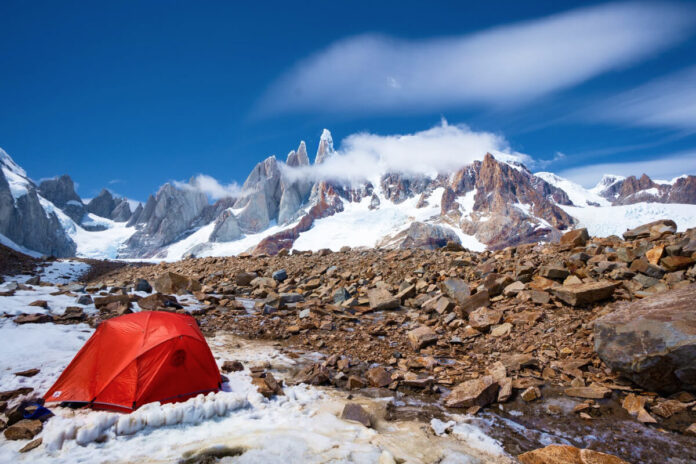
Conclusion
Mount Everest remains a pinnacle of human endeavor, a journey that combines physical challenges, mental resilience, and breathtaking rewards. For first-timers, the expedition requires careful planning, training, and a solid financial foundation.
While the challenges are daunting, the rewards of standing atop the world’s highest peak are unparalleled.
Every step on the journey is an achievement, a testament to personal strength, and a tribute to the spirit of adventure that has inspired climbers for generations.

